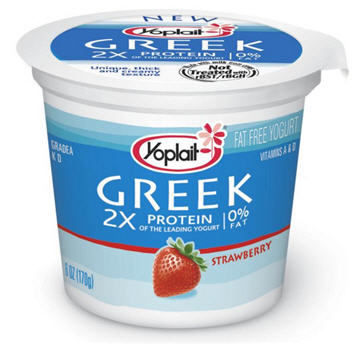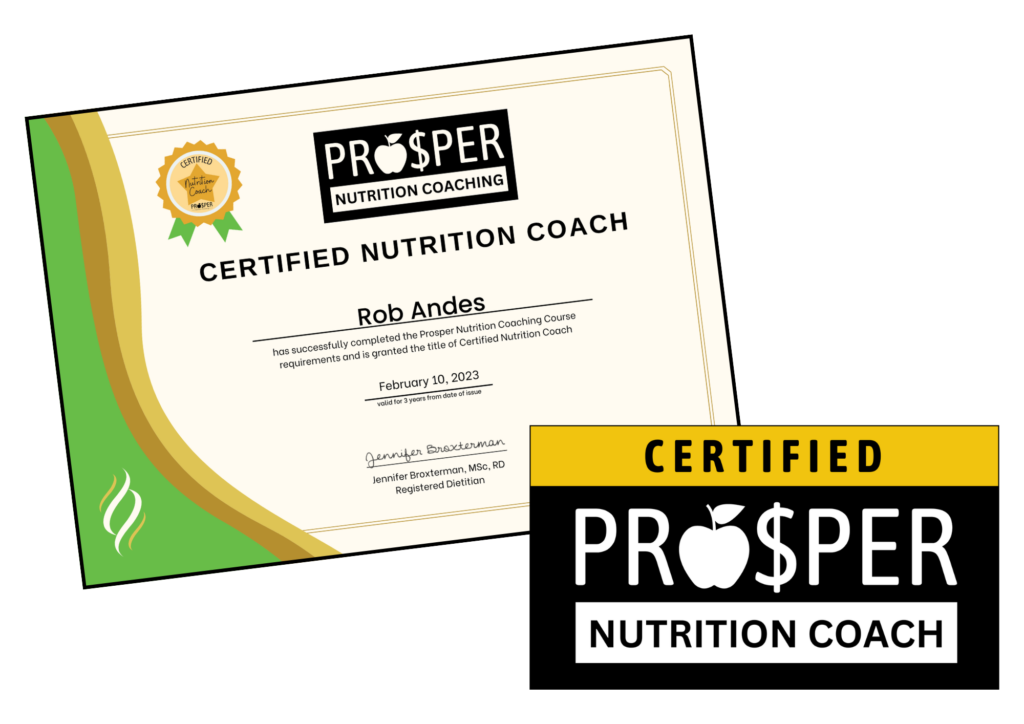

Traditional vs. Greek-Style Yogurt
What’s the difference between regular yogurt and Greek yogurt?
Traditional vs. Greek-style Yogurt
You have probably noticed the invasion of this new ‘Greek-style yogurt’ in supermarkets and in advertisements pretty much everywhere, but what is it and how is it different from the traditional yogurt we know and love?
Greek style yogurt, also known as “strained yogurt,” is just that: traditional yogurt that has been strained a second time. Both types of yogurt are strained following the fermentation process; however, additional straining occurs during the production of Greek yogurt. The extensive straining removes a great amount of the liquid whey and sugar, which alters the nutritional and sensory properties of the yogurt. Greek yogurt has a much thicker, creamier texture and a tangy taste!
Greek yogurt FREE handout (PDF resource): Greek Style vs. Traditional Style Yogurt
Nutritional Differences and Shopping Tips
Higher in Protein: A typical 175 g serving of Greek-style yogurt contains 15 to 20 g of protein whereas traditional yogurt provides only 9 grams.
Lower in Carbohydrates: Greek-style yogurt contains roughly half the carbohydrates as traditional yogurt but both types can contain high amounts of sugar if they’re sweetened. Choose the yogurt with less added sugar whether it is Greek-style or traditional.
May be Higher in Fat: If you’re going Greek, stick to lower-fat (2% M.F. or less); some varieties can be quite high in fat (7-9% M.F.)!
Lower in Calcium: Due to the additional straining in the production of Greek-style yogurt, the final product is lower in calcium than traditional yogurt. However, it is still considered a good source of the mineral.
Ways to Enjoy Greek-Style Yogurt
- Try it in your morning or post-workout smoothie!
- Have it for breakfast with berries or other fresh fruit and nuts or seeds!
- Make your own tzatziki or any other dip! Combine a teaspoon each of garlic powder, dried parsley, and dried dill with one large minced shallot and a dash of salt and pepper to 18oz of plain non-fat Greek-style yogurt for a tasty ranch style veggie dip!
- Try it for dessert. Add coconut flakes and pineapple chunks for a tropical tasting dessert!
- Use Greek-style yogurt instead of sour cream in tacos, on backed potatoes, in dips and other recipes for a healthier alternative.
- Try making this Pumpkin Pie Greek Yogurt Smoothie for a tasty treat: https://nutritionrx.ca/pumpkin-pie-smoothie-with-greek-yogurt/

Registered Dietitian & Sports Nutritionist
NutritionRx | Professional nutrition counselling services in London, Ontario, Canada.
www.nutritionrx.ca
info@nutritionrx.ca
Wishing you health & happiness,
♡ Jen
Jennifer Broxterman, MSc, RD
Registered Dietitian
NutritionRx: happy, healthy living with our team of Registered Dietitians
Prosper Nutrition Coaching: a world-class nutrition coaching certification
+
+
+
Want to work with a NutritionRx Registered Dietitian?
Learn more here: Nutrition Packages & Rates
+
+
+
Want to become a Certified Nutrition Coach?
Learn more about our habits-based Prosper Nutrition Certification




